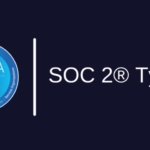- 2022-11-09
- 0 Comments
- By WindPoint Solutions
Gone are the days when banking transactions meant standing in long queues. In today’s digital age, banks are adopting advanced technology to simplify their processes and offer a superior customer experience. One such area is the onboarding process, where banks are looking to implement efficient and seamless systems that comply with regulatory requirements while being customer-friendly. However, choosing the right system is not a straightforward task, and banks must keep several factors in mind before making the final decision. In this blog post, we’ll discuss the top factors that banks must consider when issuing an RFI or RFP for a new onboarding system.

Introduction
When banks issue RFI or RFP for new onboarding systems, they embark on a journey of transformation where every consideration shapes the future of seamless customer experiences and operational efficiency.






